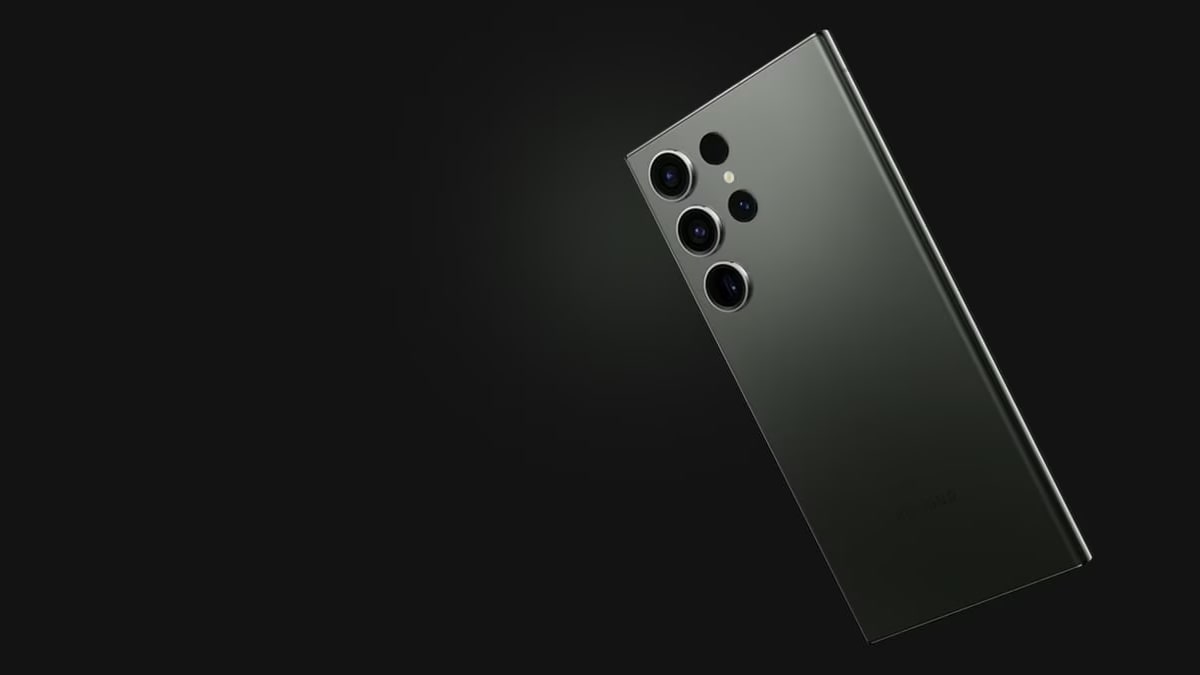Every time you set up an online account or download an application, you are putting some of your personal information on the web. All this information, combined, becomes your digital identity. However, while that information is static, who you are in the real world is constantly growing and changing. The discontinuity between your real identity and digital identity impacts you on both a real and digital level. The question then becomes, how do we begin to reconcile these two personalities so that we can be identified by both?
When a person is born, their parents choose their first name and assign them a family surname. This first and last name combination can be used to differentiate one person from another. However, in a world of 7.7 billion people, there is always the possibility that someone else exists with the same first and last name. To avoid these complications when establishing our identities, we use additional data, such as birthdate, birthplace, gender, and age. While this helps to narrow down an identification, it doesn’t account for changes in the real world, and is still not guaranteed to represent only a single individual.
In Mexico, the government has attempted to grant each Mexican their own ID using personal data, demographic data, and random characters. Every Mexican that receives a birth certificate also receives their own identification key. The problem is that there are people in Mexico who don’t have birth certificates and are therefore not in the identification system. There have also been cases in which people have duplicated ID keys, either through human error or malicious intent.
As an added security measure, you are also required to verify your ID using a signature. The problem is that for many of us, me included, our signatures change slightly each time we write them. So, while a signature may help to verify your identity, it is hardly a foolproof security measure.
Biometric Data
As our technology has improved, many systems have begun replacing the signature with biometric data. Biometric data are biological measurements that can be used to identify individuals, including fingerprints, retinal scans, or facial recognition.
In theory, biometric data is the perfect way to define and identify each unique individual. However, there are several key problems in the biometric system, including:
- Security: Many people are concerned about who stores the biometric data and how the data is being used. There have also been information leaks that have allowed identities to be stolen.
- Real World Changes: Biometric data doesn’t account for changes that happen in the real world. For example, accidents can alter the physical characteristics that are read in a biometric scan.
- Universal Standard: Because biometric data is a relatively new technology, it has been developed and implemented by several different companies and governments, so there is no universal standard. You may be able to prove your identity in your country, but the data doesn’t transfer if you move to a new country.
While many companies and governments are working on solutions to these problems, no one has yet to solve them. An ID that encapsulates both your real and digital identifies would require:
- A set of all relevant information about a person
- Data that evolves along with the person
- Safe storage
- Trustable organization
- Nontransferable data
- Standardized ID system
When you agree to put your entire identity into a system, it can be terrifying. You are trusting unknown hands to protect your identity, and if they fail, you lose not only your digital identity but your real one as well. Placing your whole identity into a system also makes it impossible for you to ever again have full anonymity. However, the increase in digital assets and the importance of digital systems in the real world are increasing the unity between our real world and digital world identities. It is therefore important that we find a way to protect both of them.
When I started investigating this topic and potential solutions, it was hard to find something that matched my initial idea. However, there are a couple of systems that may be on their way to positive applications:
Mind Uploading
Elon Musk has been a loud proponent of finding a way to upload our minds to increase our brain capacity and preserve our memories and personalities. Even though he hasn’t talked about using our minds as instruments for identification in the digital world, he has the belief that our minds are what make us unique.
This idea sounds like a science fiction story, but, if possible, it could present an ideal solution for identification. Each of our brains is like a unique fingerprint; they determine who we are. Our brains evolve as we do, and therefore lend themselves well to bridging the gap between our real and digital identities.
While this theory has been largely discussed, we are still not sure if it can be accomplished. There are also many questions and philosophical discussions about the ethicality of such a practice.
Proof of Humanity
Proof of Humanity is a social identity verification system created by the Ethereum Network. According to their website, Proof of Humanity is “a system combining webs of trust, with reverse Turing tests, and dispute resolution to create a Sybil-proof list of humans.”
In Sybil attacks, the attacker creates several identities to manipulate a system and gain disproportionately large influence. Proof of Humanity overcomes this type of intrusion through a robust system for identity creation.
To enter the Proof of Humanity system, you must follow several steps:
- Register and connect your digital wallet.
- Prove that you are human by creating a video in which you say a sentence and show your Ethereum address.
- Pay a fee that will be returned once your profile is complete.
At this point, your profile status will be “Pending” until another profile verifies your identity. If, at any point, your profile is disputed, a jury will determine whether your profile is valid and in line with the Proof of Humanity rules. Each verified profile has a one-year expiration period. If your profile is not renewed before its expiration date, it is deleted.
This system is interesting because its required “proof of humanity” allows you to begin reconciling your real and digital identities. However, it still has many of the failures that the other systems have. For example, its verification process eliminates a small portion of the population that is mute.
When I began researching digital identities, I had no idea how complicated the issue could be. After doing this research, I have more questions than answers. However, it is a topic that impacts all of us, and one that will continue to impact our lives going forward.
Source link











Leave a Reply